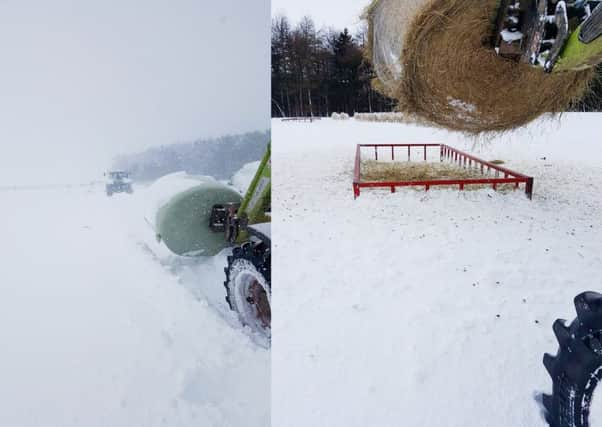The winter challenge isn't over for our farmers


Prolonged freezing temperatures meant that thawing water supplies was the first priority.
Livestock are usually comfortable inside, but with snow blowing horizontally, bedding rapidly became sodden. Straw was already at a premium and in short supply. Bedding disinfectants will have to be used liberally. We have seen high levels of pneumonia and diarrhoea.
Advertisement
Hide AdAdvertisement
Hide AdBut these hardships were nothing compared to the life-threatening conditions for livestock outdoors.
There has been loss of significant numbers of sheep, usually a consequence of huddling in sheltered spots that became submerged with drifting snow. Reaching these sheep can be dangerous or impossible. Delivering fodder was a real challenge.
Many flocks start to lamb around now and pregnant ewes are at their most susceptible to metabolic problems. They need high levels of food to maintain body condition and avoid pregnancy toxaemia. Loss of condition at this critical time causes a spiral of negative energy balance. They will produce weaker lambs and have less milk.
Dairy farmers depend on daily or alternate day collections by milk tankers. When roads cannot be kept open, milk tanks soon fill. The only action is to pour away milk.
Advertisement
Hide AdAdvertisement
Hide Ad‘Spring’ pastures are like a paddy field. This is the grazing that should be giving sustenance to cows and ewes so that they can give their offspring the best start in life.
Turnout time for these animals has had to be delayed. There’s little grass, what there is turns rapidly to mud and overstocked farm sheds have become a hotbed for disease. It all adds up to more trouble and more work for less output.
But maybe our farmers’ luck will have changed. It’s time they got a break.